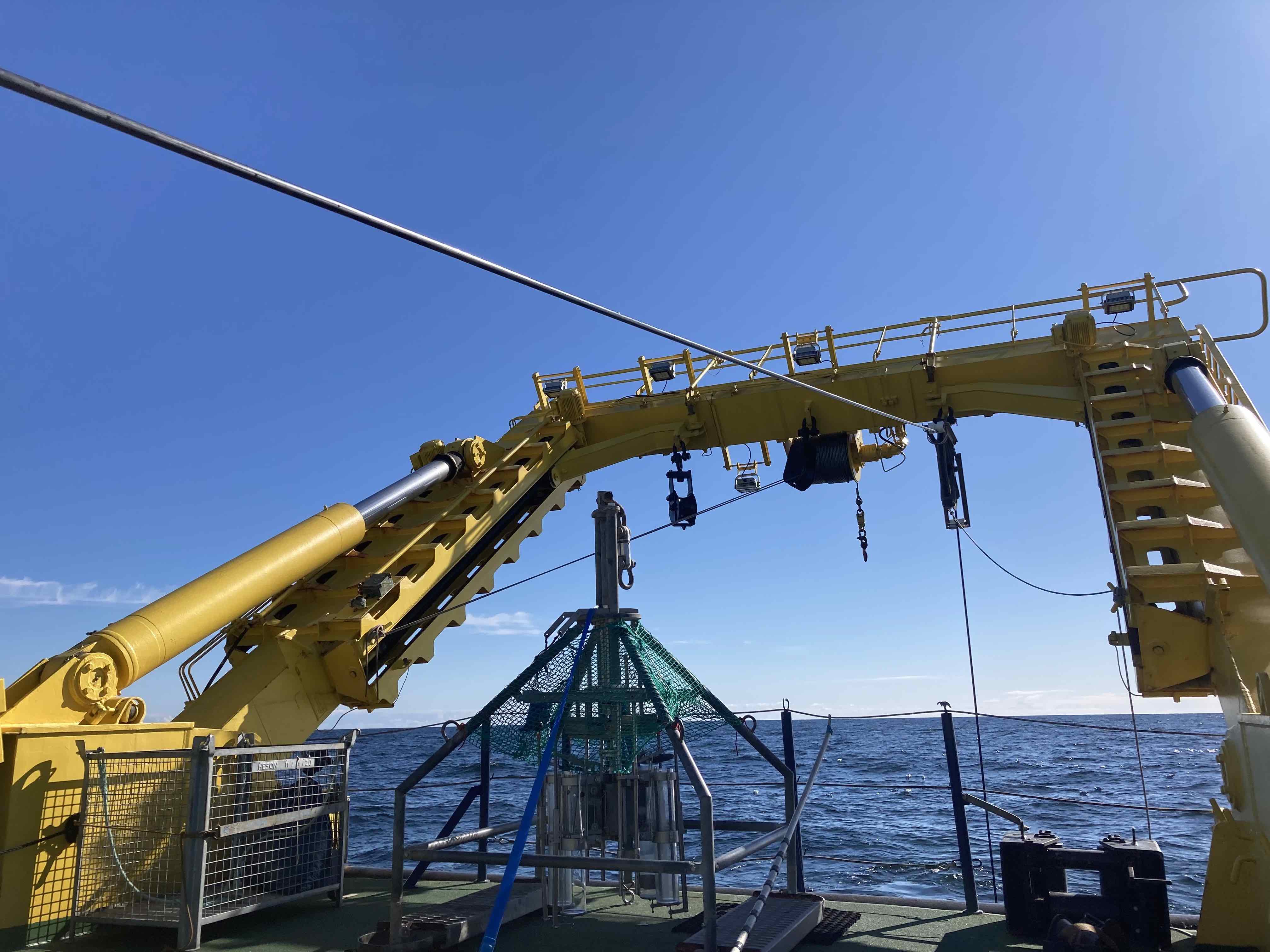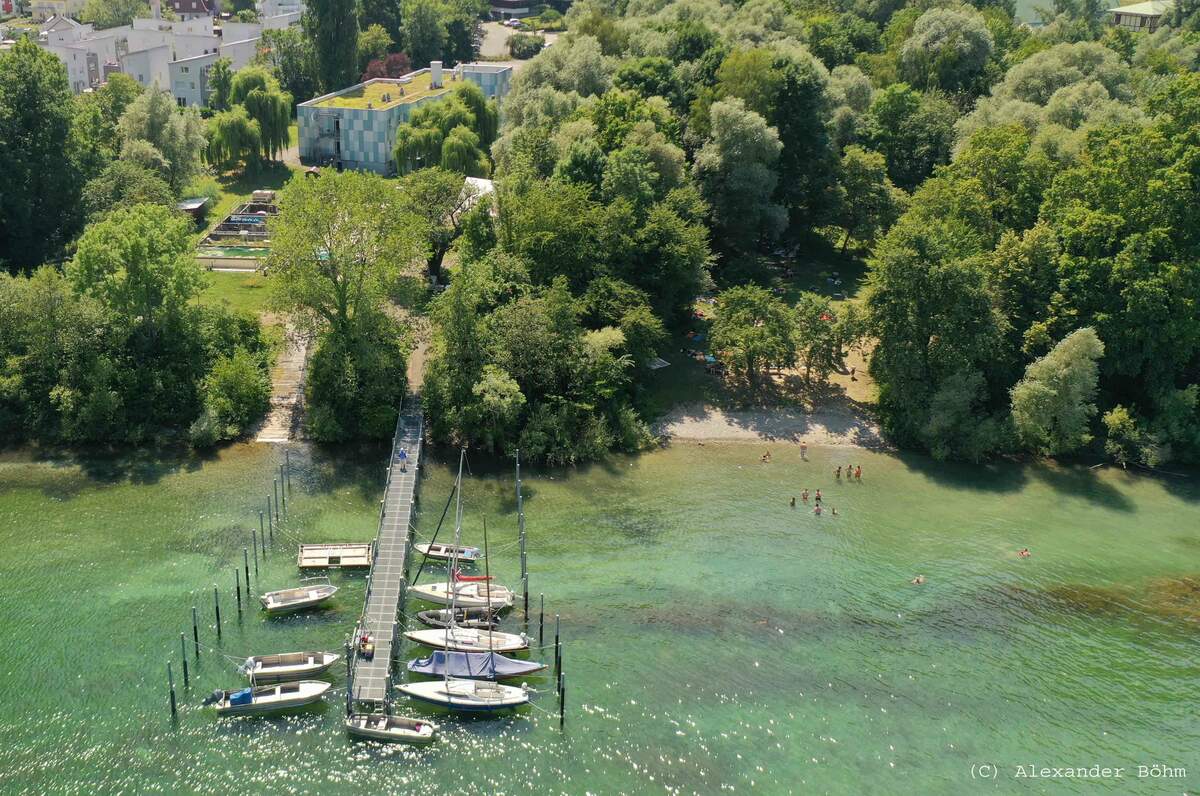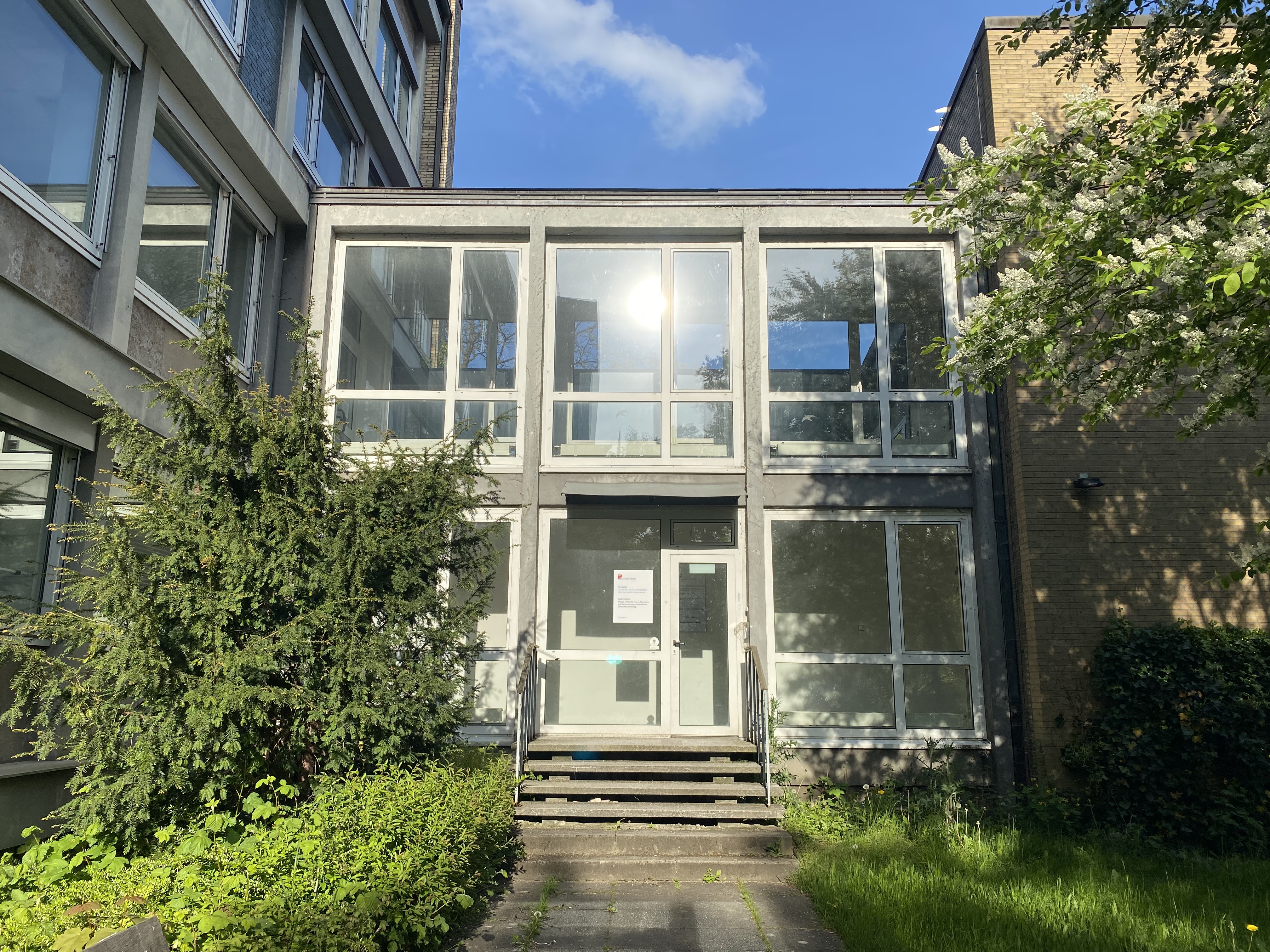Leibniz Institute for Baltic Sea Research

IOW coordinates PHYTOARK, leads WP4 and participates in WP1, WP2 and WP3. IOW Geologists Helge Arz, Olaf Dellwig and
Jerome Kaiser, with extensive expertise on Baltic Sea paleoclimate/paleoceanography and respective analytical methods
provide age models and the environmental framework of Baltic Sea Holocene history for the sampling sites in Eastern
Gotland Basin and the Gulf of Finland. The Phytoplankton Ecology
groupbrings expertise in phytoplankton diversity and evolution, resurrection ecology and experimental research into the network.
Sarah Boliusrevives ancient diatom and
dinoflagellate populations and characterizes their traits experimentally in comparison with recent populations (WP2).
Anke Kremp leads joint efforts with HELCOM PEGto link monitoring and sediment archive derived phytoplankton data in
assessment.
IOW organized the PHYTOARK sampling campaign EMB262onboard RV Elisabeth Mann Borgese in April 2021.
Senckenberg
The Senckenberg research location Frankfurt am Main works on and supports the WP1 and WP2. The group Functional Environmental Genomics is leading WP1 and extracts in cooperation with Konstanz the ancient DNA in our own aDNA cleanroom. Subsequently, we will reconstruct and analyse the Baltic phytoplankton communities to evaluate functional effects of Holocene warming. Thereby, the focus will be DNA metabarcoding to identify the phyloplankton composition and joint species distribution modelling to analyse the dependency of the communities on environmental conditions ands biotic interaction. Whereas Markus Pfenniger will promote the WP2 on analyzis tools for population genomic time series.
TeamUniversity of Konstanz

Our group(Environmental Genomics)works with environmental DNA (eDNA), meaning DNA extracted from sediment or water. We investigate dynamics of ecosystems and populations of certain species. This can be approached on current (surface sediment, water) ecosystems as well as on ancient (sediment cores). The generated data gives us information about the occurrence of species and subspecific genotypes, helping us to unterstand the possible history of ecosystems all the way back to the ice age.
TeamUniversity of Hamburg

Why has the cyanobacterial summer biomass increased over the past decades? Why have we observed a shift from diatom to dinoflagellate dominance during spring bloom in the Baltic Sea? These and other questions can be answered by using specific computer models, so-called marine ecosystem models. Marine ecosystem models calculate the temporal and spatial development of the most important ecosystem variables including nutrient, phytoplankton, zooplankton, and detritus. In our working group “marine ecosystem modeling”, we develop marine ecosystem models and apply them in idealized process studies or in realistic configurations. In general, we are interested in the impact of environmental changes on phytoplankton as well as the effect of phytoplankton on the physical environment and the climate.
Team